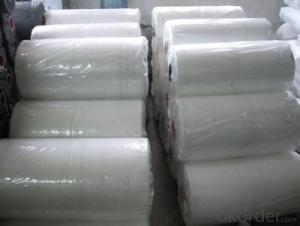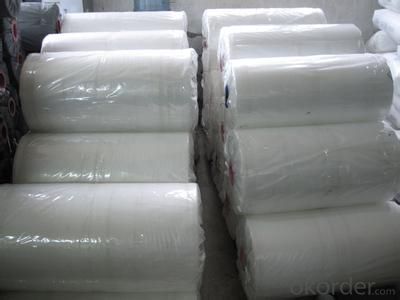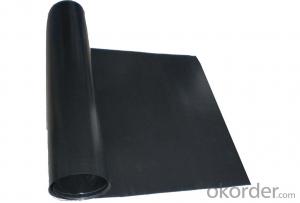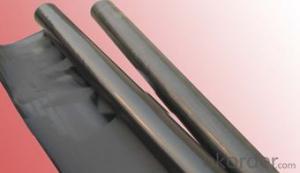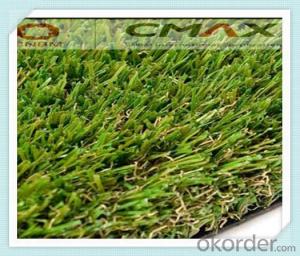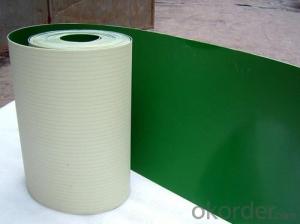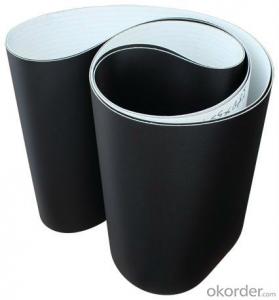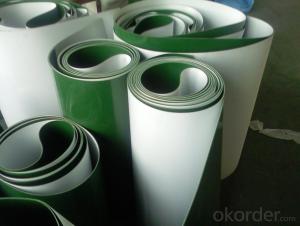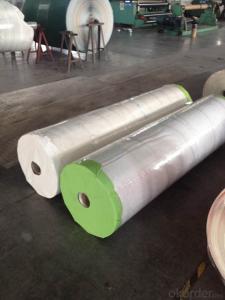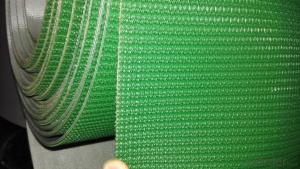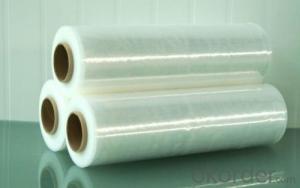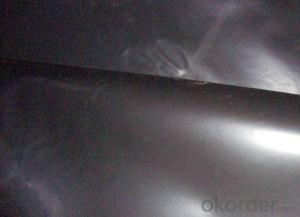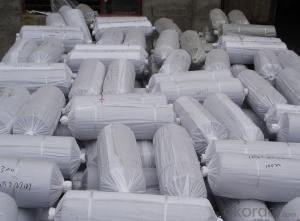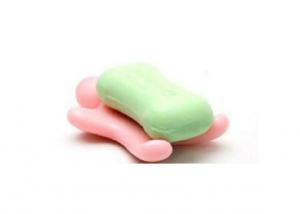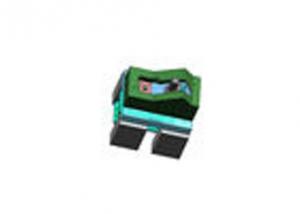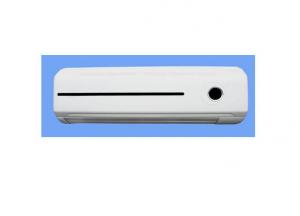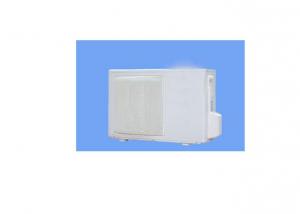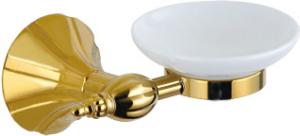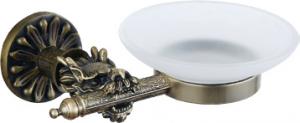Polyethylene Sleeve For DI Pipe
- Loading Port:
- China Main Port
- Payment Terms:
- TT OR LC
- Min Order Qty:
- -
- Supply Capability:
- -
OKorder Service Pledge
Quality Product, Order Online Tracking, Timely Delivery
OKorder Financial Service
Credit Rating, Credit Services, Credit Purchasing
You Might Also Like
Specification
1. Product produced according to ISO8180
2. Thiciness 200um, 400um and other thickness is available upon request
3. Black color, other color is available upon request
4. Corbon black content 2-3
5. Puncture Resistance ≥900
6. Breack strength ≥20
7. Breack elongation ≥500
8. Tear resistance ≥20
Usage:
For Ductile iron pipe DN80-DN2000.
- Q: Do olive nets affect the size of the olives?
- Yes, olive nets can affect the size of the olives. Olive nets are used to protect the olives from birds and other pests, preventing them from pecking or damaging the fruits. By providing this protection, the nets allow the olives to grow without interference, potentially resulting in larger-sized olives compared to those not protected by nets.
- Q: What is the difference between waste pressure plastic pipe and PVC pipe?
- PE pipe safety, flexibility and impact resistance are better than PVC, can be used as underground gas pipeline, tap water pipeline;
- Q: How do olive nets help in reducing the risk of tree diseases?
- Olive nets help in reducing the risk of tree diseases by providing a physical barrier that prevents pests and insects from accessing the olive trees. This reduces the chances of infestation and transmission of diseases from insects to the trees. Additionally, olive nets can also protect the trees from extreme weather conditions, such as heavy rains or hail, which can potentially cause diseases or damage to the trees.
- Q: Can I put food in a plastic product that has just been soaked in hot water?
- Better not eat. May be toxic.The plastic is made of monomers as raw materials, polymer by polyaddition or polycondensation polymerization (macromolecules), commonly known as plastic resin (plastics) or (resin), can freely change the composition and form style, composed of synthetic resin and filler, plasticizer, stabilizer, lubricant, pigment and other additives.
- Q: Can olive nets be used for olive tree training from seedlings?
- No, olive nets are typically used for harvesting olives rather than training olive trees from seedlings. Olive tree training from seedlings usually involves pruning and shaping the tree's branches and foliage to ensure proper growth and development.
- Q: Can olive nets be used to promote organic certification?
- Yes, olive nets can be used to promote organic certification. Olive nets are commonly used in organic farming practices to protect olive trees from pests and to collect fallen olives without causing damage. The use of these nets demonstrates a commitment to sustainable and environmentally friendly farming methods, which aligns with the principles of organic certification.
- Q: How do olive nets facilitate the collection of fallen olives?
- Olive nets facilitate the collection of fallen olives by providing a protective and efficient system. These nets are spread out under the olive trees to catch the olives as they naturally fall from the branches. The nets prevent the olives from coming into contact with the ground, reducing the risk of damage or contamination. Once the olives have fallen onto the nets, they can be easily gathered and collected, ensuring a higher yield and minimizing the effort needed for manual picking.
- Q: How do olive nets prevent bird damage to the olives?
- Olive nets act as a physical barrier, covering the olive trees and preventing birds from reaching the olives. This helps to deter birds from feeding on the olives, reducing the potential damage they can cause.
- Q: Can olive nets be used for olive tree rejuvenation?
- No, olive nets cannot be used for olive tree rejuvenation. Olive nets are typically used for harvesting olives by preventing them from falling to the ground. Rejuvenation of olive trees involves specific pruning and fertilization techniques to stimulate new growth and improve the overall health and productivity of the tree.
- Q: How do olive nets prevent olives from being pecked by birds?
- Olive nets prevent olives from being pecked by birds by creating a physical barrier between the fruit and the birds. The nets are placed over the olive trees or orchards, completely enclosing them and preventing birds from reaching the olives. This helps protect the olives from damage or loss due to bird pecking, ensuring a higher yield and better quality of harvest.
Send your message to us
Polyethylene Sleeve For DI Pipe
- Loading Port:
- China Main Port
- Payment Terms:
- TT OR LC
- Min Order Qty:
- -
- Supply Capability:
- -
OKorder Service Pledge
Quality Product, Order Online Tracking, Timely Delivery
OKorder Financial Service
Credit Rating, Credit Services, Credit Purchasing
Similar products
Hot products
Hot Searches
Related keywords
